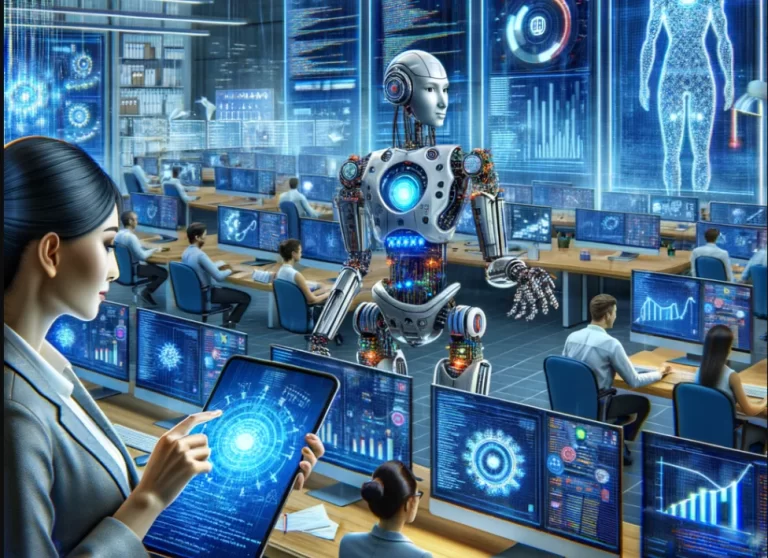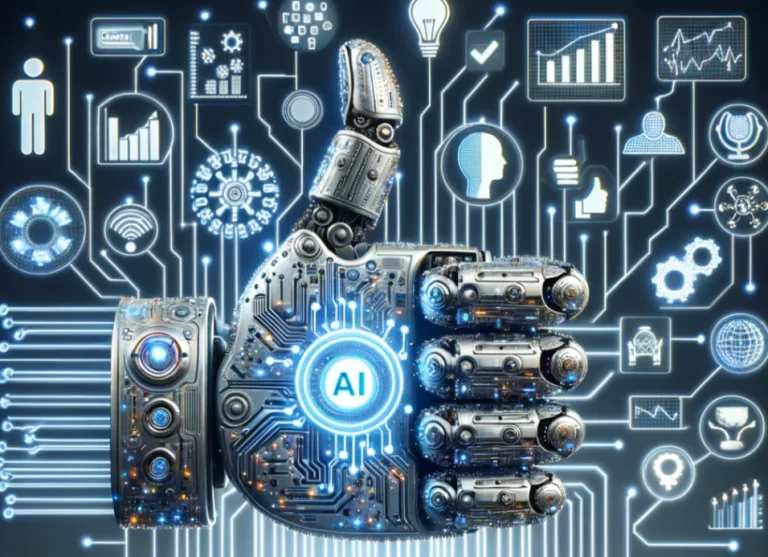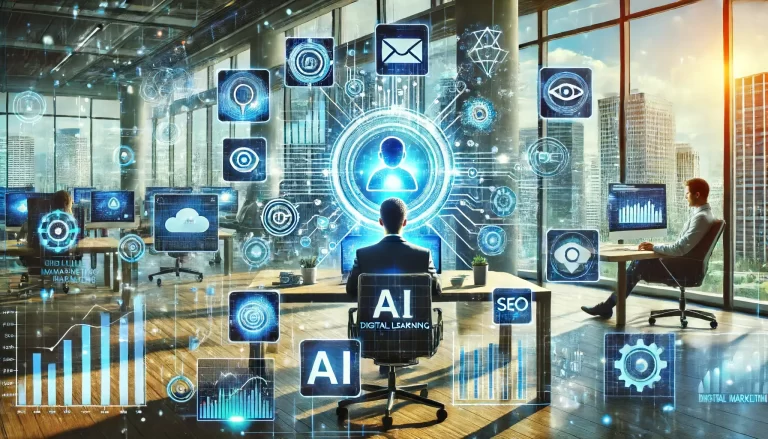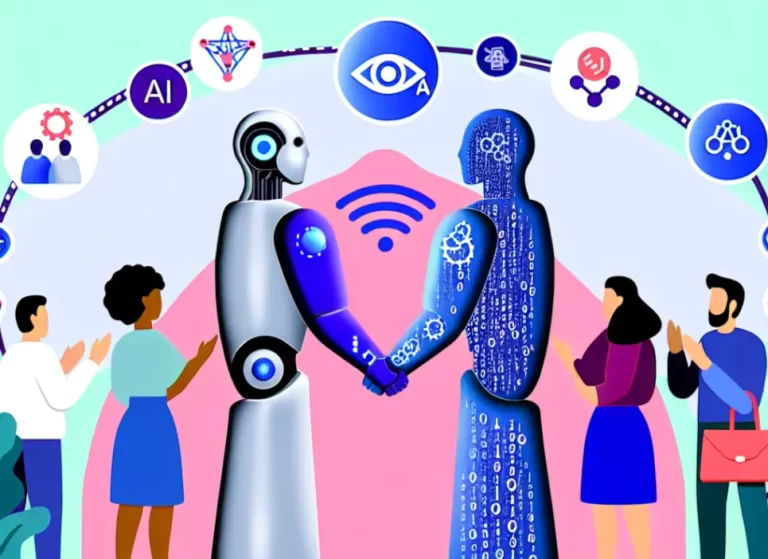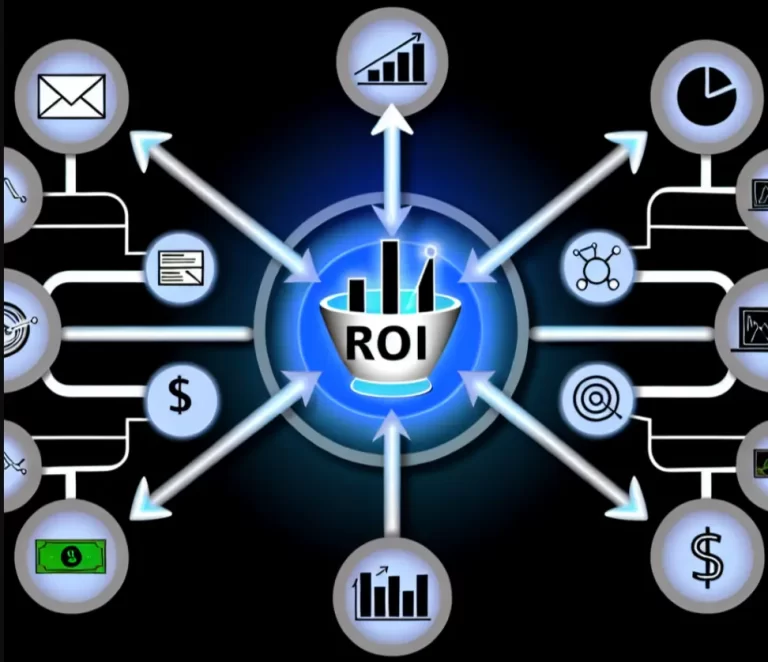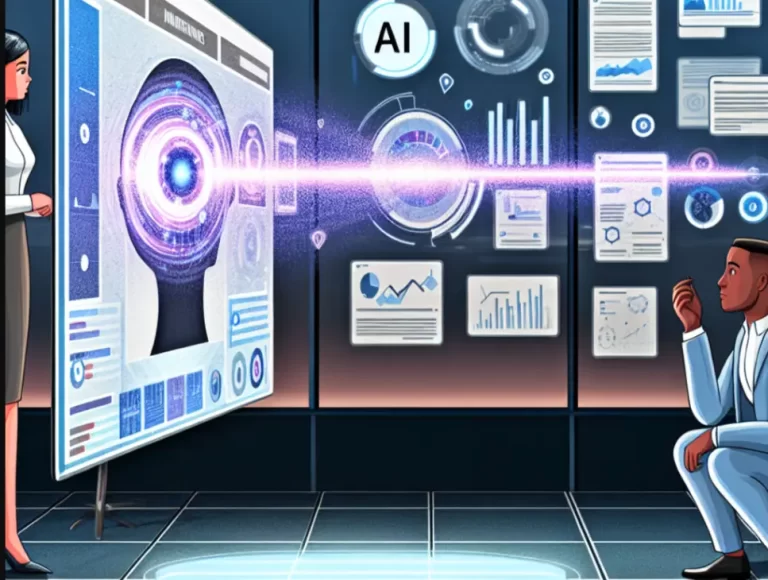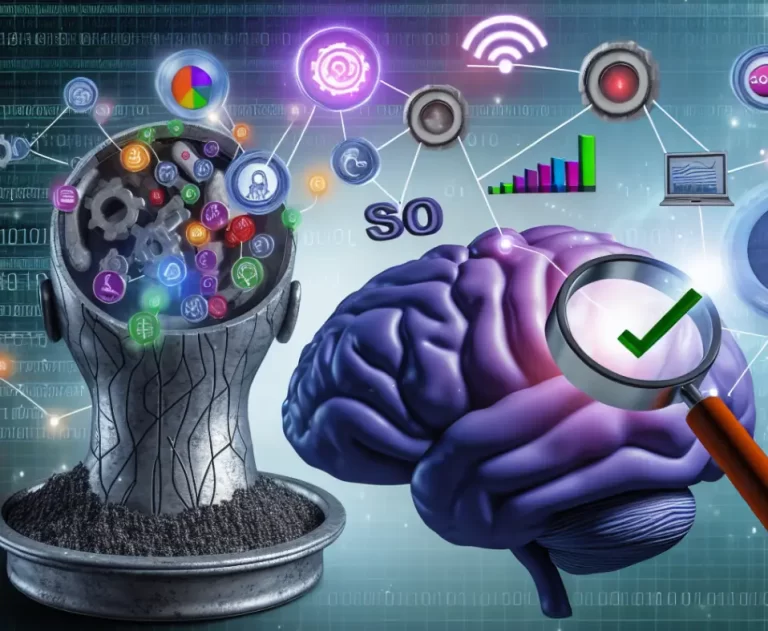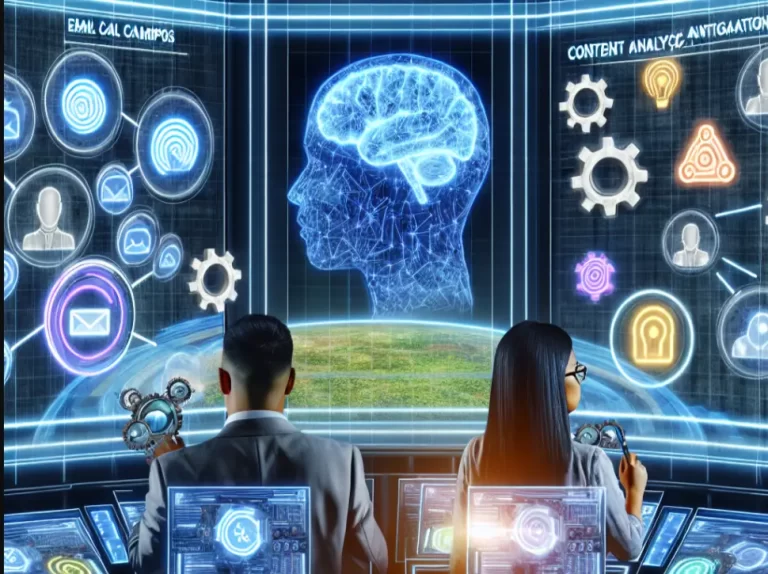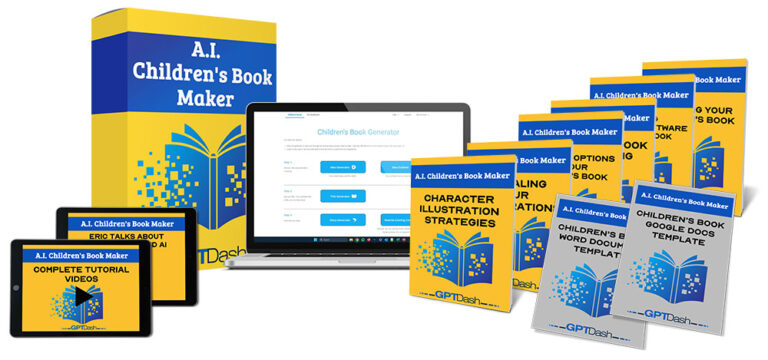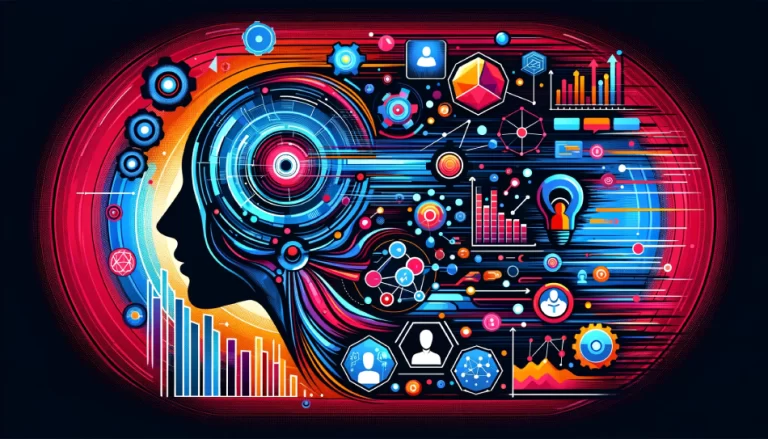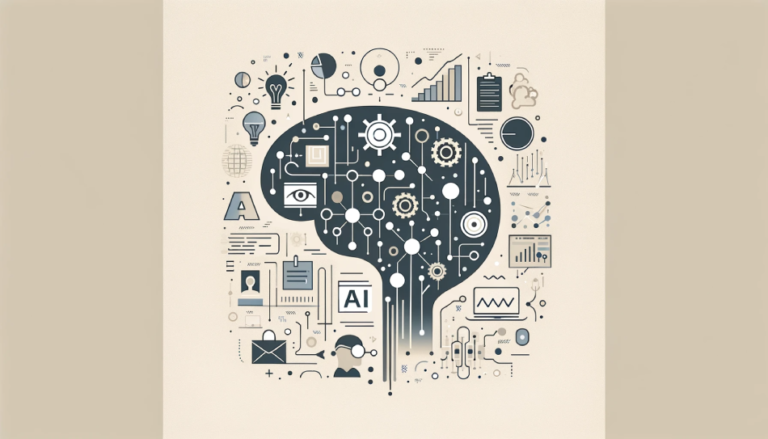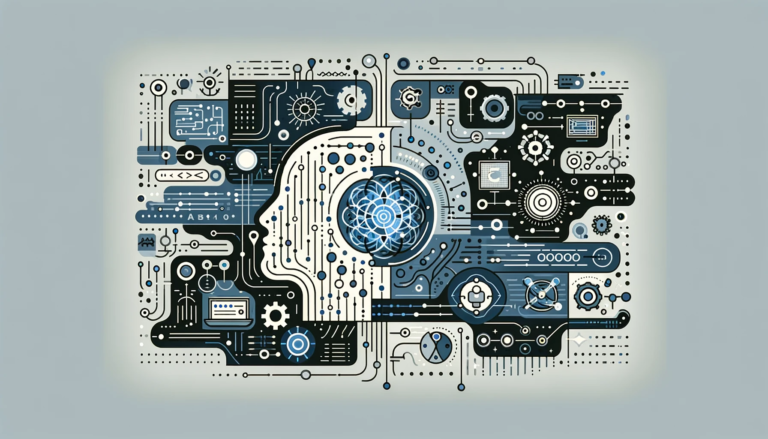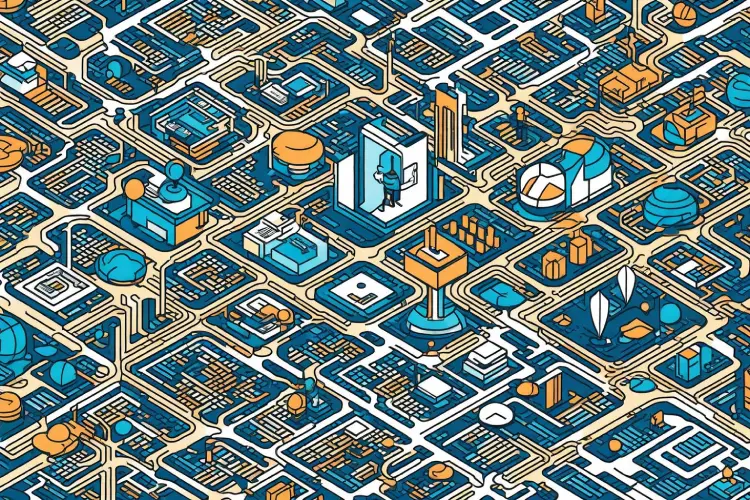Harnessing the Power of AI
The Top Tools and Apps for Everyday Use in 2023

In recent years, artificial intelligence (AI) has emerged as a powerful force that is transforming the way we live and work. From chatbots to data analytics, AI apps and tools are now ubiquitous, enhancing our efficiency and productivity in various applications. In this section, we will explore the top AI tools and apps that are revolutionizing everyday tasks in 2023. We’ll showcase how these tools and apps leverage the latest in artificial intelligence, machine learning algorithms, natural language processing, computer vision, and other cognitive computing applications.
Key Takeaways
- AI is transforming the way we live and work, and AI apps and tools are now ubiquitous.
- The top AI tools and apps leverage various technologies, including machine learning algorithms, natural language processing, and computer vision.
- AI tools and apps can enhance our efficiency and productivity in various applications, from chatbots to data analytics.
- As we move into 2023, AI is set to revolutionize even more industries and applications.
Understanding Artificial Intelligence Software
Artificial intelligence (AI) software is changing the way we interact with technology. It refers to any program or application that performs tasks that typically require human cognition, such as problem-solving, decision-making, and language understanding. These programs use complex algorithms and mathematical models to learn from data and improve their performance over time.
AI software is being used in a variety of industries, from healthcare and finance to transportation and entertainment. In healthcare, AI is being used to help diagnose diseases and develop personalized treatment plans. In finance, it is being used to detect fraud and predict market trends.
AI apps and tools are becoming increasingly accessible to the general public, as well. Personal assistants like Siri and Alexa use natural language processing and machine learning to understand and respond to user requests. AI-powered chatbots are being used by businesses to automate customer service interactions and improve response times.
As the field of AI continues to evolve, we can expect to see even more sophisticated software and applications that push the boundaries of what is possible.
Unleashing the Potential of Machine Learning Algorithms
Machine learning algorithms are at the heart of many AI applications. They are the backbone behind several automated systems, from image and speech recognition to predictive analytics. By continuously learning from data, machine learning algorithms can adapt and improve their outputs, making them an essential component in AI development.
AI apps and tools that utilize machine learning algorithms are becoming more prevalent, with many transforming the way we interact with technology. For example, virtual assistants such as Siri and Alexa use machine learning to enhance their natural language processing abilities, allowing for more seamless communication.
“Machine learning algorithms can adapt and improve their outputs, making them an essential component in AI development.”
Aside from virtual assistants, machine learning algorithms are also widely used in the healthcare industry. AI apps and tools, such as those that analyze medical images and patient data, are powered by machine learning algorithms. These tools can help doctors diagnose diseases and identify potential health risks with greater accuracy and speed than ever before.
The finance industry is another field where machine learning algorithms are making a significant impact. AI apps and tools that utilize machine learning can analyze large volumes of market data, helping financial analysts make more informed investment decisions.
In short, machine learning algorithms are the driving force behind many AI applications. With the increasing availability and accessibility of these algorithms, the possibilities for innovation are endless.
Stay tuned, as we dive deeper into the world of AI and explore the latest AI development tools and chatbot platforms available in 2023.
Accelerating AI Development with Robust Tools
The development of cutting-edge AI applications requires sophisticated tools and platforms that streamline the development process. Fortunately, there are many AI development tools available that enable developers to build innovative and powerful applications.
One of the most popular AI development tools is TensorFlow, an open-source software library for dataflow and differentiable programming across a range of tasks. TensorFlow provides a flexible architecture that enables users to deploy computation to one or more CPUs or GPUs in a desktop, server, or mobile device with a single API. This makes it a go-to framework for developing machine learning applications that demand high-speed performance.
PyTorch is another popular AI development tool that has gained a reputation for ease-of-use and flexibility. It is a free and open-source machine learning library based on the Torch library and is used for applications such as natural language processing and computer vision. In addition, PyTorch provides a dynamic computational graph that enables users to modify neural network architecture on-the-fly.
Another essential AI development tool is Keras, a high-level neural networks API that is written in Python. Keras enables developers to build neural networks with only a few lines of code, making it a popular choice for researchers and developers of all skill levels. It integrates seamlessly with TensorFlow, enabling users to take advantage of TensorFlow’s powerful features while still enjoying the simplicity of Keras.
In conclusion, leveraging robust AI development tools is essential for creating and deploying innovative AI applications. TensorFlow, PyTorch, and Keras are just a few examples of the many AI development tools available to developers. By using these powerful tools, developers can streamline their workflow and build smarter, more efficient AI applications that will drive innovation and improve our daily lives.
Enhancing User Interaction with AI Chatbot Platforms
One of the most exciting developments in AI technology is the rise of chatbot platforms. These apps use natural language processing algorithms to communicate with users and provide assistance or information.
Businesses across industries are adopting chatbots to automate customer service and streamline communication with clients. Chatbots can also be used in personal assistant apps to help users manage their daily tasks and schedules.
A few popular AI chatbot platforms in 2023 include:
- Dialogflow: This platform by Google Cloud enables developers to build conversational AI experiences for websites, mobile apps, and other interfaces.
- IBM Watson Assistant: This tool by IBM uses natural language processing and machine learning algorithms to provide personalized support to users across various channels.
- Amazon Lex: This chatbot platform by Amazon Web Services is designed for building conversational interfaces for applications using voice and text.
The benefits of AI chatbot platforms are clear: they can reduce response times, improve customer satisfaction, and free up human representatives to focus on more complex tasks. As AI technology continues to evolve, we can expect chatbots to become even smarter and more interactive.
Uncovering Insights with AI Data Analytics
A key application of artificial intelligence is data analytics. With AI-powered algorithms, businesses and individuals can extract valuable insights from large and complex datasets that were previously unattainable. AI data analytics tools and platforms are designed to uncover patterns, trends, and anomalies in data, helping organizations make data-driven decisions.
AI data analytics is used in various industries, such as finance, healthcare, and marketing. In finance, AI is utilized for investment analysis and risk management. In healthcare, it is used to develop personalized treatments and predict disease outbreaks. In marketing, AI helps advertisers analyze consumer behavior and tailor advertisements to specific demographics.
Popular AI data analytics tools and platforms in 2023 include IBM Watson Analytics, Google Cloud AI Platform, and Microsoft Azure Machine Learning. These tools allow non-technical users to perform complex data analysis with ease, and also enable developers to build custom AI models using machine learning frameworks.
Overall, AI data analytics is a game-changer for businesses and individuals seeking to leverage data for better decision-making. With the right tools and platforms, anyone can uncover valuable insights and gain a competitive advantage.
Sure, I can help you with that. Here’s the HTML text for section 7 of the article about AI apps and tools:
Revolutionizing Perception with Computer Vision Software
The development of computer vision software has revolutionized the way we perceive visual data, enabling us to extract meaningful insights from images and videos. From object recognition to facial recognition, this technology has numerous applications in different industries.
One of the most remarkable computer vision tools available in 2023 is XYZ software. This software offers unparalleled accuracy in detecting objects and tracking movements, making it a valuable asset for surveillance and security purposes. Its machine learning algorithms enable it to learn and adapt to different scenarios, providing increasingly accurate results over time.
“Computer vision software has enabled us to analyze visual data in ways we never thought possible. Its ability to recognize complex patterns and anomalies has made it a valuable tool for medical diagnosis, autonomous vehicles, and industrial automation.”
Other notable computer vision applications include XYZ and ABC. These tools use deep learning and natural language processing to analyze videos and extract valuable insights such as sentiment analysis and object detection. They are particularly useful for media analysis and content creation, enabling users to create engaging content based on data-driven insights.
As computer vision technology continues to advance, we can expect to see even more powerful tools and applications emerging in the years to come.
Conclusion
To sum it up, artificial intelligence has become an essential part of our daily lives in 2023. AI apps and tools have the potential to revolutionize various industries and enhance productivity and efficiency. With advancements in technologies such as machine learning, natural language processing, and computer vision, we can expect AI to continually transform the way we work and interact with technology.
As we move forward, it is crucial to embrace these AI tools and apps to streamline our daily activities and pave the way for a more intelligent future. Whether it’s using AI chatbots for enhanced customer service, utilizing AI data analytics to extract valuable insights, or implementing computer vision software to interpret visual data, these tools and apps offer endless possibilities for innovation and growth.
Stay Ahead of the Game with AI
By staying up-to-date with the latest AI apps and tools trends, you can gain a competitive edge in your industry and achieve more significant success. So don’t wait any longer to harness the power of AI in your organization or personal life. Embrace the endless possibilities of AI today!
FAQ
AI apps and tools refer to software and applications that harness the power of artificial intelligence to enhance various tasks and processes. These tools utilize machine learning algorithms, data analytics, natural language processing, and computer vision to automate and optimize different aspects of our daily lives.
Artificial intelligence software is revolutionizing industries by improving efficiency, productivity, and decision-making processes. It enables businesses to automate repetitive tasks, analyze large datasets for valuable insights, enhance customer interactions through chatbots, and develop innovative solutions leveraging machine learning and cognitive computing.
Machine learning algorithms play a crucial role in powering AI applications. These algorithms enable AI systems to learn from data, identify patterns, and make predictions or decisions. By using machine learning, AI tools and apps can continuously improve their performance and provide more accurate results.
AI development tools provide developers with frameworks, libraries, and platforms that simplify the creation and deployment of AI solutions. These tools offer pre-built models, training capabilities, and integration options, enabling developers to focus on building innovative AI applications without spending excessive time on infrastructure development.
AI chatbot platforms are software systems that utilize natural language processing and machine learning to enable interactive conversations between users and machines. These platforms enhance user interaction by providing personalized responses, answering queries, guiding users through processes, and automating customer support, ultimately improving user experiences.
Computer vision software enables machines to interpret and understand visual data such as images and videos. This technology plays a significant role in various fields, including autonomous vehicles, surveillance systems, facial recognition, and augmented reality. Computer vision tools and applications enhance perception and enable machines to make sense of visual information.



